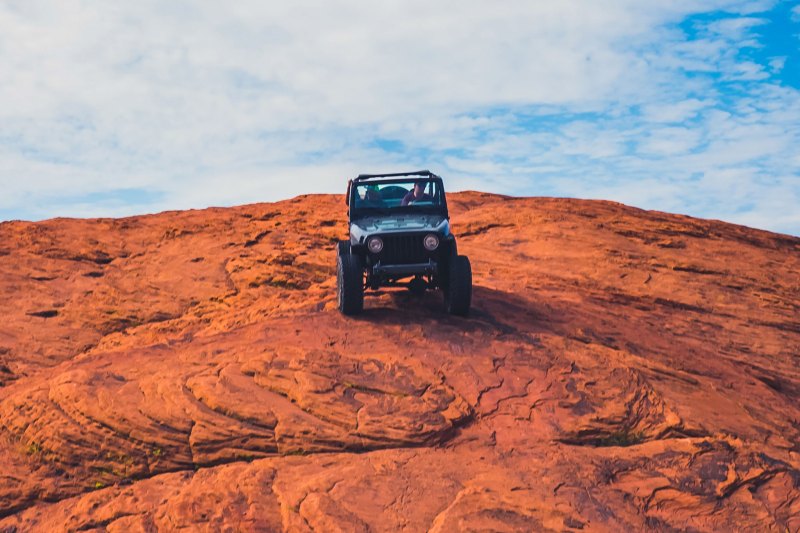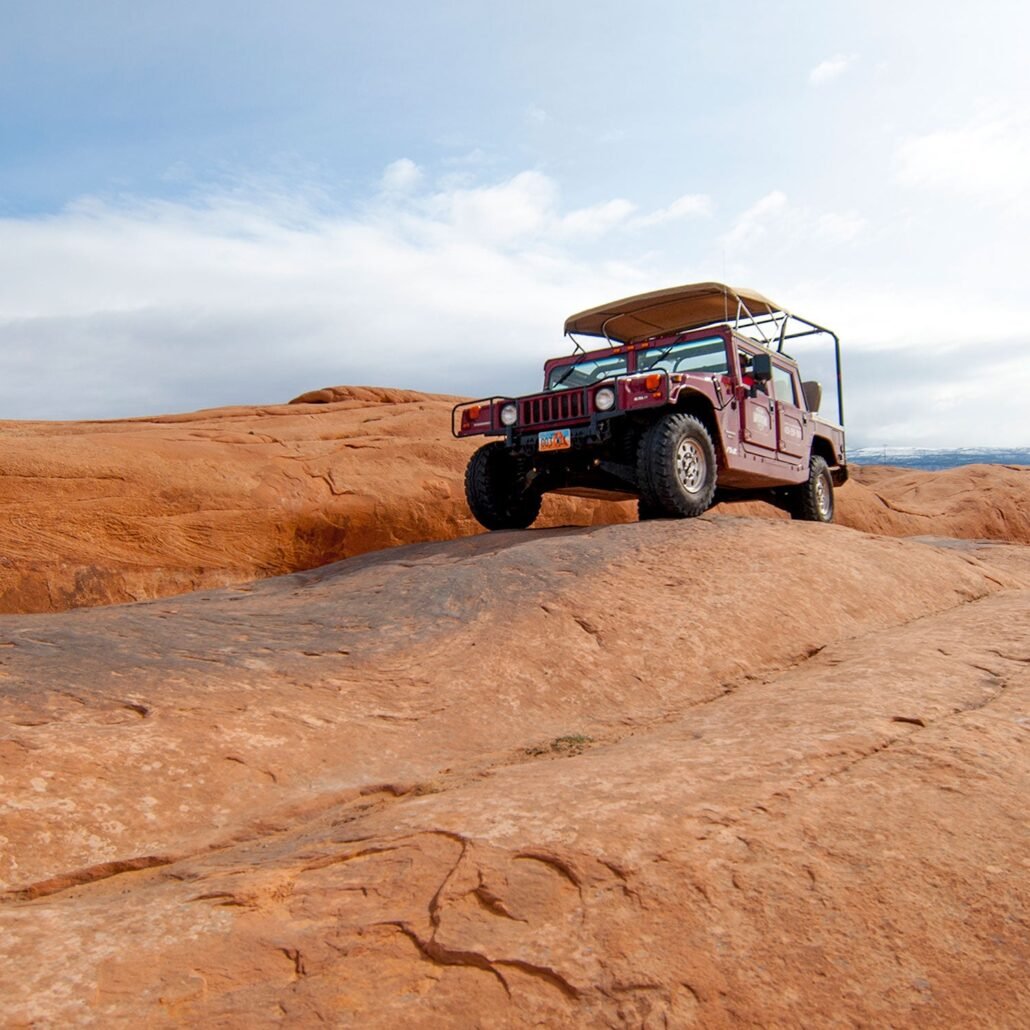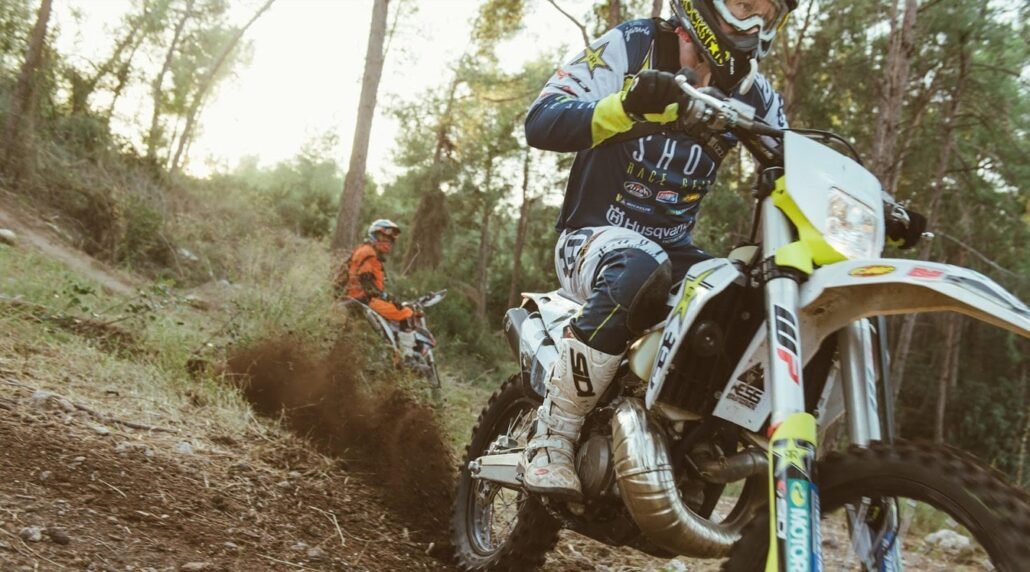When rock crawling off-road, follow safety tips including using proper equipment and maintaining control. Rock crawling is a challenging and thrilling off-road activity that requires careful preparation and execution.
Ensuring safety during rock crawling is essential to prevent accidents and injuries. This article will cover important safety tips for rock crawling to help off-road enthusiasts enjoy this activity responsibly and safely. Whether you’re a novice or experienced rock crawler, these tips will provide valuable insights and reminders to keep you safe on the trails.
From vehicle preparation to trail etiquette, this guide will outline key safety measures to consider before hitting the rocks. By implementing these safety protocols, enthusiasts can have an exhilarating and secure rock crawling experience.
Understanding Rock Crawling
Definition And Purpose
Rock crawling is a challenging off-road activity that involves maneuvering a vehicle through rough, rocky terrain. The primary purpose of rock crawling is to test both the driver’s skill and the vehicle’s capability in navigating through extreme obstacles. Unlike other off-road activities, the focus in rock crawling is on control and precision rather than speed.
Off-road Challenges
Rock crawling presents a unique set of challenges that push both the driver and the vehicle to their limits. The terrain is often rugged and unforgiving, with steep inclines, large boulders, deep crevices, and other natural obstacles that require careful navigation and precise vehicle control.
Terrain Types
Rock crawling takes place in a variety of terrain types, including rocky mountainsides, boulder-strewn riverbeds, and other natural landscapes with challenging topography. Each type of terrain presents its own set of difficulties, requiring drivers to adapt their techniques and vehicle setup accordingly.
Vehicle Requirements
Successful rock crawling requires a specialized off-road vehicle equipped with features designed to handle the demands of the terrain, such as high ground clearance, low gearing ratios, lockable differentials, and sturdy suspension systems. Additionally, the vehicle must be properly maintained and equipped with rock sliders, skid plates, and other protective gear to withstand the harsh conditions of rock crawling.
“` I hope this content helps! Let me know if you need anything else.Preparing For Adventure
Rock crawling is an exhilarating off-road activity that requires meticulous preparation to ensure both safety and enjoyment. Before heading out for your next rock crawling adventure, it’s crucial to prepare your vehicle and yourself for the challenges ahead. Let’s delve into the essential steps for preparing for an exciting rock crawling expedition.
Inspecting Vehicle Readiness
To ensure the safe undertaking of rock crawling, it’s imperative to thoroughly inspect your vehicle’s readiness. Examine the following key areas:
- Undercarriage protection
- Suspension components
- Traction control systems
- Steering integrity
Essential Equipment Check
Prior to embarking on a rock crawling adventure, it’s essential to conduct a comprehensive check of the necessary equipment, including:
- Winch and recovery gear
- Tire pressure and condition
- Communication devices
Maintenance And Repairs
Perform any necessary maintenance and repairs to address existing issues that could jeopardize the safety and performance of your vehicle during rock crawling.
Assessing Personal Readiness
Alongside vehicle preparation, it’s crucial to assess your personal readiness before embarking on a rock crawling adventure.
Physical And Mental Preparedness
Ensure that you are physically fit and mentally prepared to confront the challenges of rock crawling, which can be physically and mentally demanding.
Safety Gear And Supplies
Pack essential safety gear and supplies, including first aid kits, emergency food and water, and any other items vital for addressing unforeseen situations during your off-road excursions.
Navigating Challenging Terrain
When it comes to off-roading, rock crawling is one of the most satisfying and challenging experiences. Navigating challenging terrain requires a combination of skill, knowledge, and caution. Proper preparation and understanding of the terrain features are essential for a safe and enjoyable rock crawling adventure.
Assessing Terrain Features
Before attempting to navigate challenging terrain, it’s crucial to assess the terrain features thoroughly. Look for potential hazards such as large boulders, steep drop-offs, and deep crevices. Identifying these features will help you plan your route and avoid potential obstacles.
Rock Types And Formations
Understanding the types of rocks and formations you’ll encounter is vital for rock crawling. Some rocks may be loose and unstable, while others may offer better traction. Pay attention to the texture, shape, and composition of the rocks to determine the best approach.
Natural Obstacles
Natural obstacles such as fallen trees, branches, and large rocks can pose a significant challenge during rock crawling. Take note of these obstacles and plan your route accordingly. Clearing smaller obstacles may be necessary to ensure a smooth and safe passage.
Tackling Inclines And Declines
Managing inclines and declines requires proper technique and caution. Assess the angle of the slope and choose the appropriate line of approach. Use low-range gearing and maintain a steady throttle to navigate steep inclines and declines safely.
Approach And Departure Angles
The approach and departure angles of your vehicle play a crucial role in navigating challenging terrain. Ensure that your vehicle’s bumper and undercarriage have sufficient clearance to prevent getting stuck or damaged on obstacles. Approach obstacles at an angle to maximize clearance and minimize the risk of getting hung up.
Managing Steep Grades
When encountering steep grades, it’s important to maintain a controlled speed and avoid sudden acceleration or braking. Use the proper gear and maintain a steady throttle to prevent wheel slippage and loss of traction. Always prioritize safety and take calculated risks when tackling steep grades.
Safety Strategies
When it comes to off-road rock crawling, safety should always be the top priority. Implementing effective safety strategies is essential for a thrilling yet secure off-road experience. In this article, we will discuss crucial safety tips, focusing on vehicle recovery planning, winching and recovery gear, recovery points and techniques, mitigating risks, roll-over prevention, and risk assessment and decision-making.
Vehicle Recovery Planning
When hitting the rock trails, it’s essential to have a well-thought-out vehicle recovery plan. Always ensure that the recovery equipment is easily accessible and well-maintained. It should include recovery straps, shackles, a snatch block, and a durable recovery bag.
Winching And Recovery Gear
Having the right winching and recovery gear could be a lifesaver during challenging situations. Equip your vehicle with a high-quality winch, gloves, and a dampening blanket to maximize safety during recovery operations.
Recovery Points And Techniques
Identifying strong and safe recovery points on your vehicle is crucial. Properly maintained and reinforced recovery points can significantly reduce the risk of damage or injury during recovery operations. Also, understanding and implementing effective recovery techniques is vital.
Mitigating Risks
Conduct a thorough risk assessment before hitting the trails. This includes analyzing the terrain, weather conditions, vehicle capabilities, and trail difficulty. Mitigating risks is essential for a safe and enjoyable off-road experience.
Roll-over Prevention
Preventing roll-over incidents should be a priority during rock crawling. Utilize appropriate vehicle modifications such as roll cages, upgraded suspension, and lower center of gravity to reduce the risk of roll-overs.
Risk Assessment And Decision-making
Implement a structured risk assessment and decision-making process. Develop and adhere to a strict set of guidelines for identifying potential hazards and making informed decisions during off-road excursions.
Environmental Responsibility
Off-roading, especially rock crawling, is an exhilarating activity that allows enthusiasts to connect with nature and their vehicles in a unique way. With this adventurous pursuit comes the crucial responsibility of preserving and protecting the environment. It’s essential for off-road enthusiasts to understand the impact their activities can have on the flora, fauna, and ecosystem of the trails they traverse. Upholding environmental responsibility is vital to ensure the sustainability of off-road recreation for future generations.
Understanding Trail Etiquette
Trail etiquette plays a significant role in environmental responsibility. To minimize impact, it’s crucial for off-roaders to stay on designated trails, avoid cutting switchbacks, and refrain from widening trails. Respect trail closures and boundaries to protect vulnerable habitats and prevent erosion. By adhering to trail etiquette, enthusiasts can minimize their environmental impact while enjoying off-road activities.
Treading Lightly Principles
Treading Lightly, an ethical and responsible approach to off-roading, emphasizes principles such as traveling responsibly, respecting the rights of others, educating oneself about the area being visited, and minimizing impact on the environment. By following Treading Lightly principles, rock crawling enthusiasts can enjoy their sport while preserving the natural beauty of off-road trails.
Environmental Impact Awareness
To promote environmental responsibility, it’s crucial to raise awareness about the potential impact of off-road activities. Educating enthusiasts about the effects of erosion, habitat destruction, and pollution can encourage them to adopt practices that minimize environmental harm. Increased environmental impact awareness can lead to more conscientious off-road behavior and a more sustainable approach to rock crawling.
Safety And Conservation
Incorporating safety and conservation practices into off-road activities is essential for environmental responsibility. This includes proper waste disposal, avoiding the introduction of invasive species, and contributing to conservation efforts in off-road areas. By aligning safety practices with conservation initiatives, enthusiasts can contribute to the preservation of natural environments while enjoying their off-road adventures.
Wildlife Interaction
Respecting and minimizing disturbance to wildlife is a key component of environmental responsibility in off-roading. This involves avoiding intrusive behavior near wildlife habitats, minimizing noise levels, and refraining from feeding or approaching animals. Maintaining a respectful distance from wildlife and observing from afar contributes to wildlife preservation and environmental harmony.
Leaving No Trace
Leaving no trace is a fundamental principle of environmental responsibility for rock crawling. This ethos emphasizes the importance of packing out all waste, minimizing the use of natural resources, and leaving the landscape as undisturbed as possible. By leaving no trace, off-roaders can ensure minimal impact on the environment and promote a sustainable approach to off-road recreation.

Credit: www.themanual.com
Frequently Asked Questions For Off-road Safety Tips For Rock Crawling
What Are The Essential Safety Gear For Rock Crawling?
It’s crucial to have a reliable winch, recovery straps, and roll cage to ensure safety when rock crawling. Also, a fire extinguisher, first aid kit, and communication device are vital to handle any emergency effectively.
How To Prepare Your Vehicle For Rock Crawling?
Before hitting the trails, ensure your vehicle is equipped with proper off-road tires, skid plates, and a lifted suspension for better ground clearance. Properly checking the brakes, engine, and fluids is also essential for a successful rock crawling experience.
What Are The Best Techniques For Navigating Through Rocky Terrain?
Maintain a slow and steady pace, pick the right line to avoid obstacles, and use spotters for guidance. It’s important to keep a firm grip on the steering wheel, use momentum strategically, and avoid sudden movements to traverse rocky terrain safely.
Conclusion
Rock crawling can be a thrilling adventure, but safety is paramount. By applying these off-road safety tips, you can minimize risks and enjoy the experience to the fullest. Always prioritize proper gear, vehicle maintenance, and trail preparation. With caution and respect for nature, you can make the most of your rock crawling excursions for years to come.




